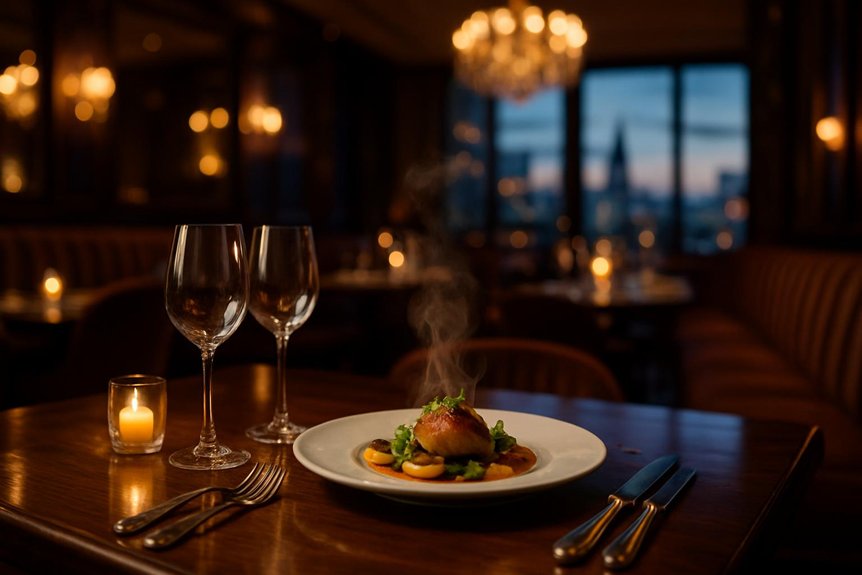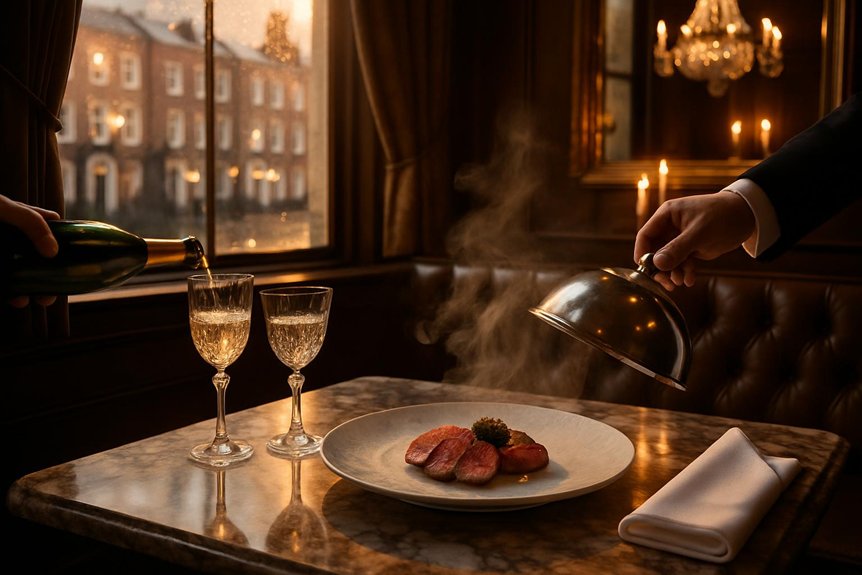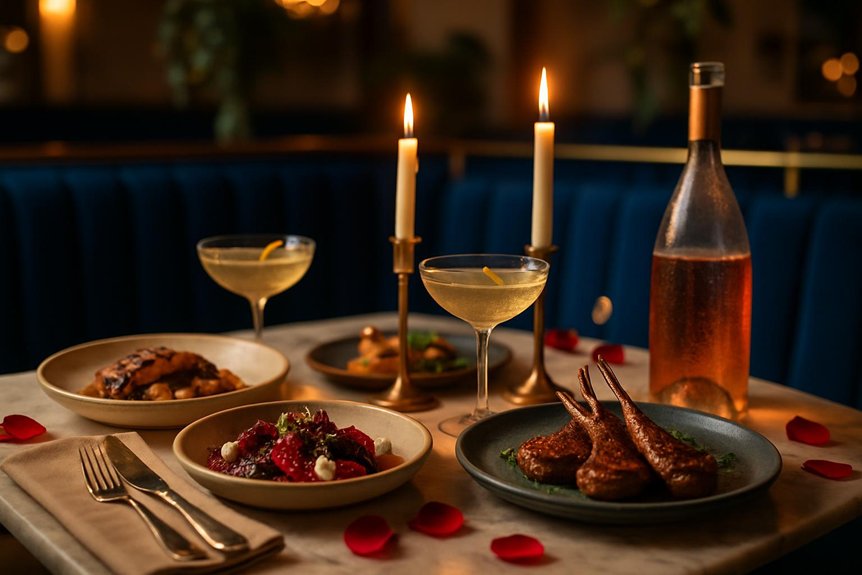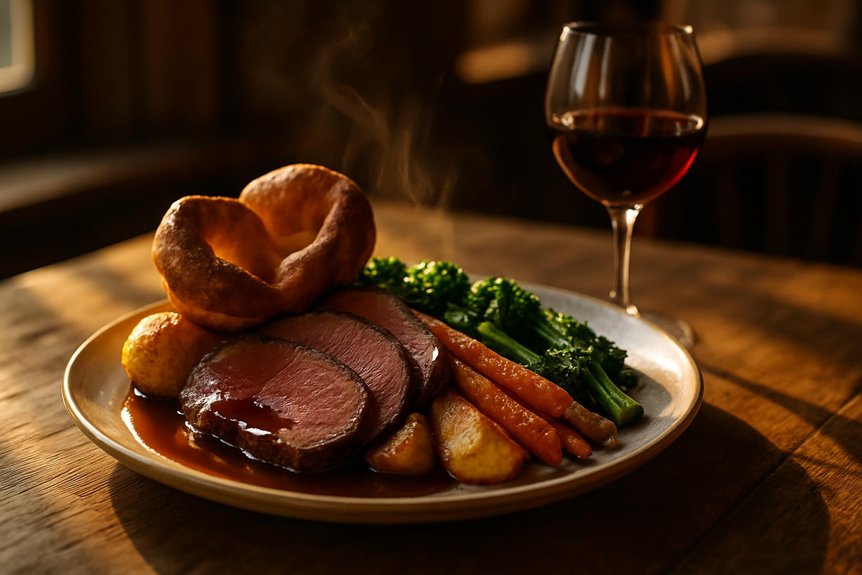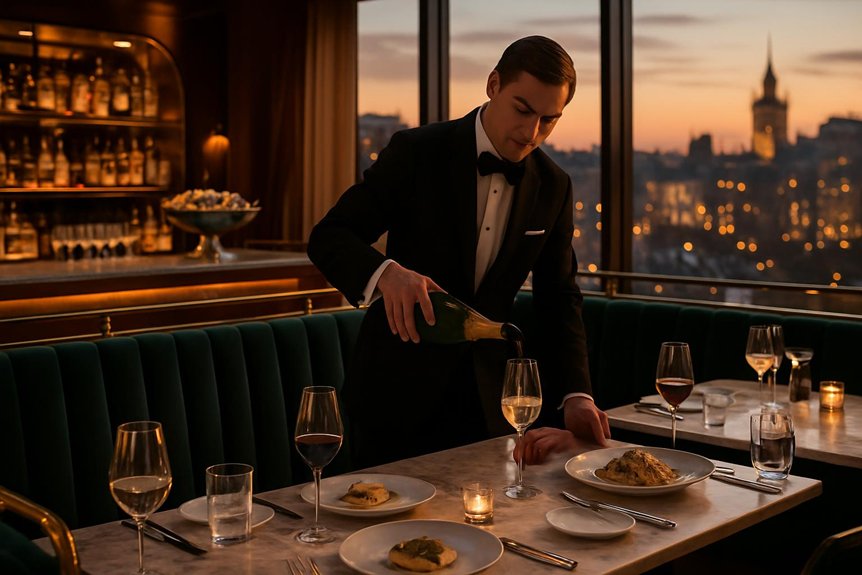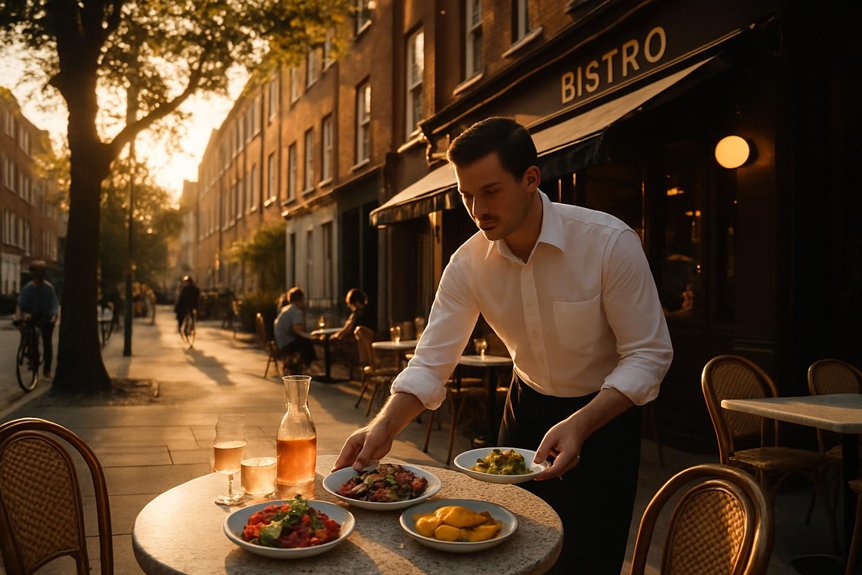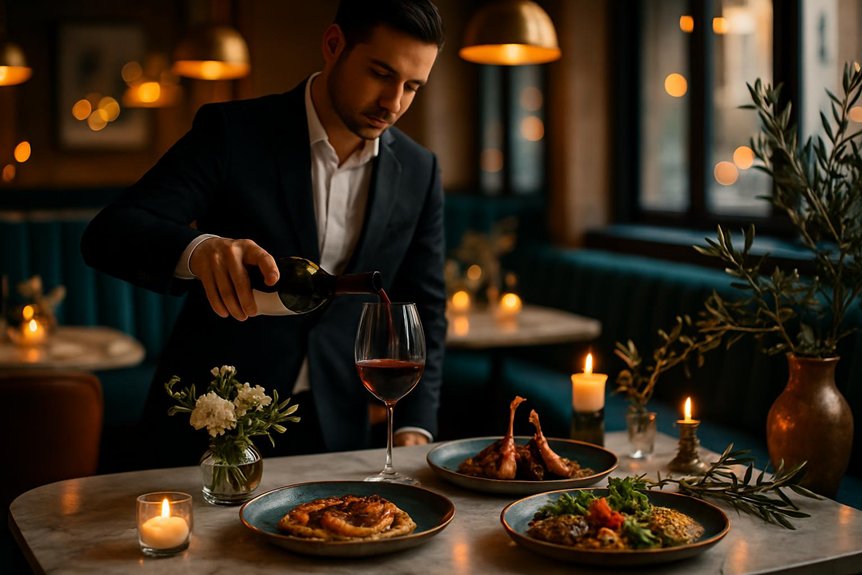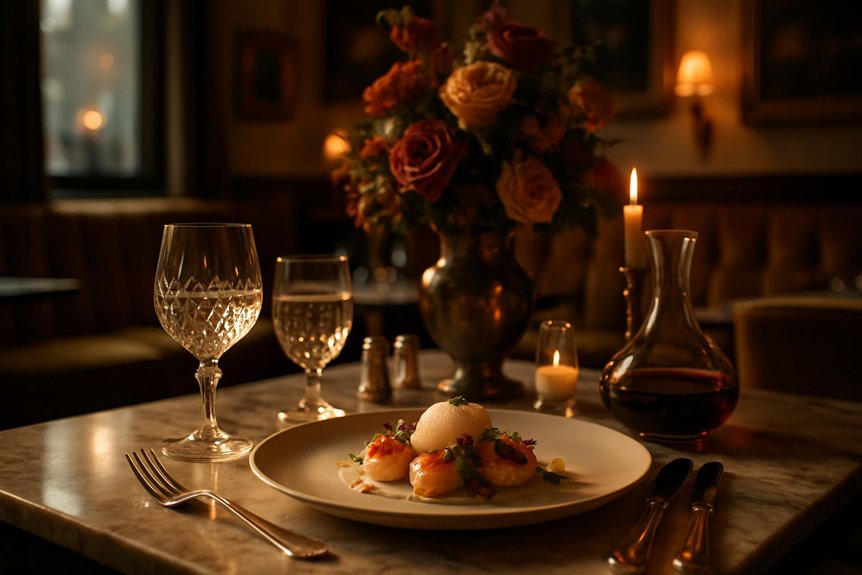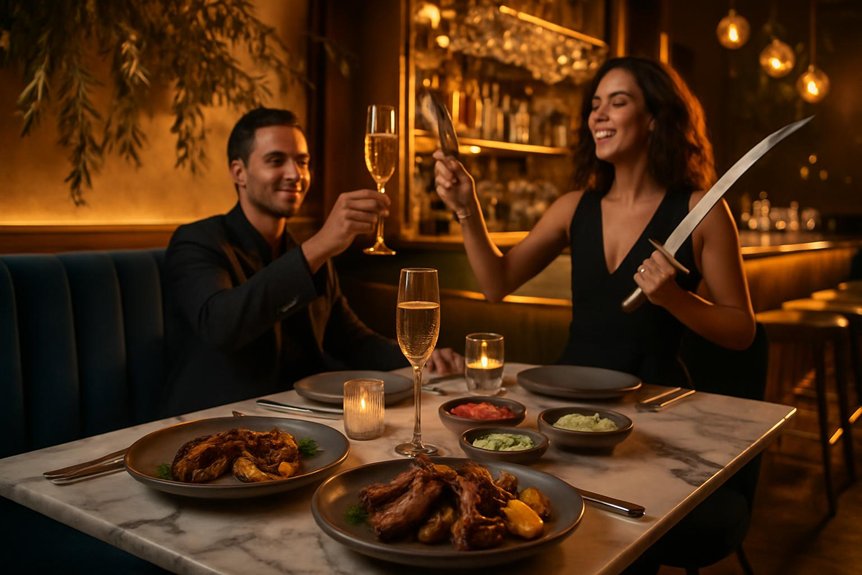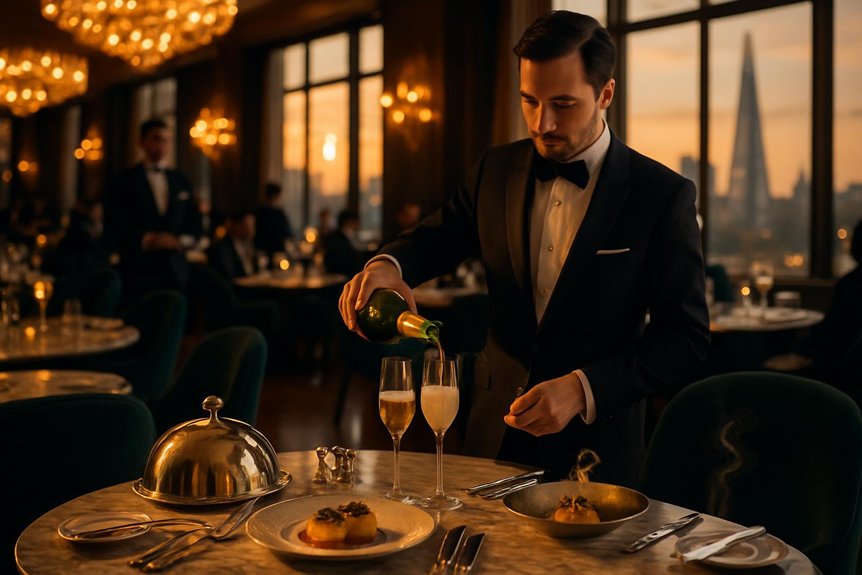A methodical guide outlines how to approach London’s top luxury restaurants, from choosing a culinary style to managing expectations. It covers the practicalities—booking tactics, dress code nuances, and price brackets—alongside profiles of enduring classics and daring newcomers. The tone is measured and pragmatic, offering concrete pointers for special occasions and dietary needs, and it points toward finer details that repay closer attention.
Choosing the Right Luxury Dining Experience in London
Choosing a luxury dining experience in London requires balancing cuisine, atmosphere, and service to match the occasion; discerning diners should first decide whether they prioritize innovative tasting menus, classic fine dining, or a memorable setting such as a rooftop or private dining room.
Guidance focuses on culinary style, chef reputation, and the structure of menus: set courses versus à la carte, seasonal sourcing, and signature dishes. Attention to wine pairings enhances meal flow, so establishments offering knowledgeable sommeliers and curated lists appeal to those seeking synergy between food and drink.
Practical considerations include reservation policies, privacy options, and accessibility. Clear communication with the restaurant about dietary restrictions and celebration requests guarantees expectations align with delivery, minimizing surprises. For those near Oxford Circus, Meraki Luxury Restaurant offers a relaxed dining experience inspired by Mykonos and Greek cuisine, led by celebrity chef Athinagoras Kostakos.
What to Expect: Price, Dress Code, and Service Standards
After narrowing priorities around cuisine, setting and wine, attention turns to practical expectations: price tiers, dress codes and service standards define the rhythm of a luxury meal and shape guest preparation. Prices commonly range from high à la carte starters to tasting menus with wine pairings; service charges may be included, and reservations often require cards. Dress expectations vary by venue but lean toward smart or formal attire—jackets for men at some houses, elegant evening wear at others. Service is attentive, discreet and highly trained: timing, table-side explanations and anticipation of needs are hallmarks. Guests should observe basic meal etiquette, accept pacing and asked sequencing, and communicate dietary needs in advance to ensure a seamless experience aligned with the restaurant’s standards. At establishments like Meraki, exclusive tasting menus offer a gourmet journey meticulously crafted by the culinary team, providing an elevated dining experience.
Top Classic Establishments and Their Signature Dishes
While London’s classic luxury restaurants each possess distinct identities, they are unified by signature dishes that distill a house’s technique, history and clientele into a single memorable plate. These institutions often maintain historic menus refined over decades, where legendary chefs have preserved recipes while adapting to modern standards. The result is a concise showcase of craftsmanship: terrines, roast joints, and plated soufflés that act as culinary shorthand for the restaurant’s values.
Service complements the food with ritualized timing and plated presentation that reinforces tradition without stagnation. Attention centers on provenance, technique, and consistency, rewarding repeat visits. Notable examples include:
- Timeless roast beef and yorkshire
- Classic lobster thermidor
- Traditional chocolate soufflé
In addition to these classic establishments, Meraki’s extensive wine menu prioritizes Greek wines, enhancing the dining experience with a taste of Greece’s rich viticulture.
Exciting Newcomers and Contemporary British Innovators
From the steady tradition of roast joints and soufflés, London’s dining scene now embraces a wave of newcomers reimagining British cuisine with sharper technique and bolder sourcing.
These kitchens blend heritage flavors with global influences, producing restrained fusion dishes that respect provenance while surprising the palate.
Chefs prioritize sustainable sourcing, partnering with local foragers, regenerative farmers, and responsible fisheries to craft menus that change with the seasons.
Dining rooms favor intimate, experimental formats: tasting menus, counter service, and ingredient-led narratives that highlight single producers.
Criticism and acclaim arrive quickly; press attention rewards ingenuity but expects consistency.
In this milieu, contemporary British innovators balance restraint and invention, translating clear culinary vision into plates that feel both modern and rooted in place.
Booking Strategies, Timing, and Special-occasion Tips
When planning a special evening at one of London’s top luxury restaurants, diners should treat reservations as part strategy, part timing: popular tasting-menu rooms release limited seats weeks or months in advance, counter-service experiences often open bookings only on specific days, and last-minute cancellations can create brief windows for snagging a coveted table. Advance booking during reservations peak times — typically Friday–Saturday evenings and festive periods — is essential.
Guests should confirm dress code etiquette and note special menus or dietary needs when reserving. On the day, reconfirm arrival times and any celebrations.
For surprises, coordinate with the restaurant discreetly to arrange timing, cake, flowers, or a message. Flexibility and clear communication maximize the chance of an exceptional occasion.
- Book early for peak dates
- Reconfirm dress code etiquette
- Ask about celebratory extras
Conclusion
Careful planning makes London’s luxury dining scene accessible rather than intimidating. Even skeptics who fear inflated prices and rigid formality will find options that match budget, taste and occasion when they prioritise style, research signature dishes, and communicate dietary needs. Advance bookings, thoughtful timing and attention to dress codes yield smoother experiences; for special celebrations, bespoke requests and wine-pairing guidance transform a meal into a memorable event without sacrificing comfort or authenticity.
